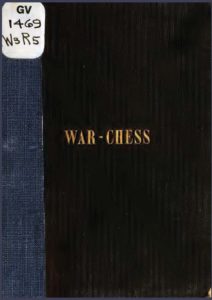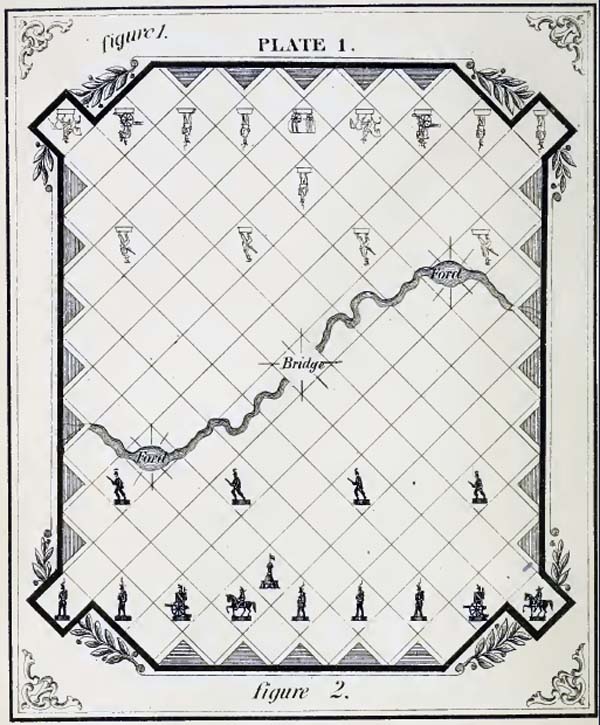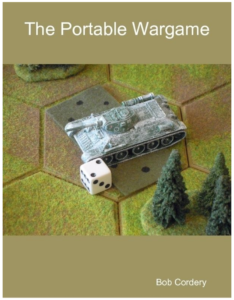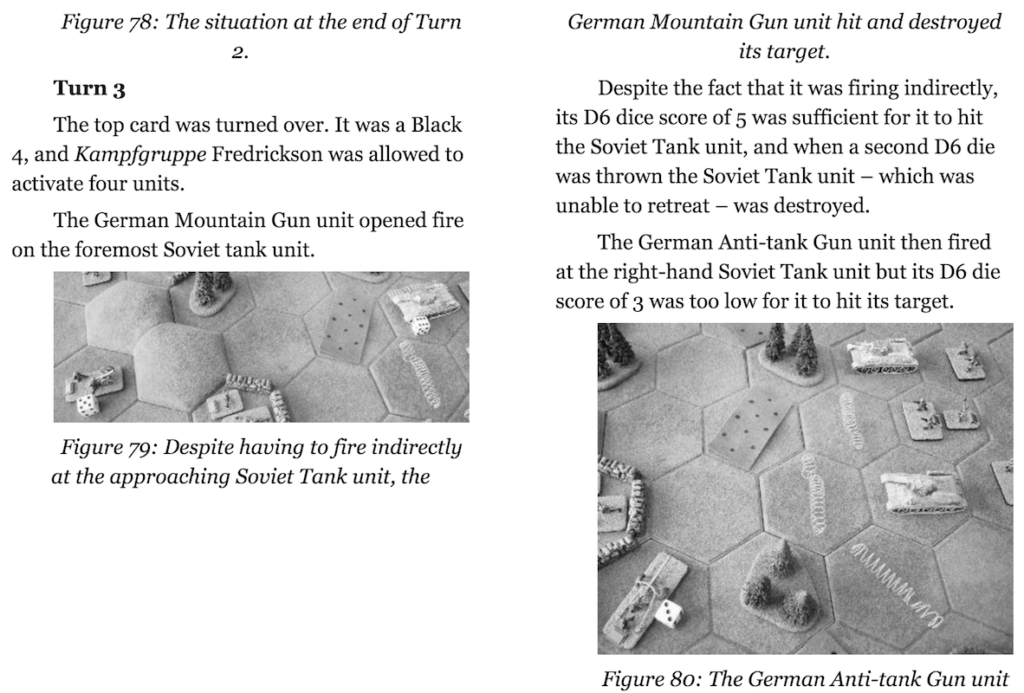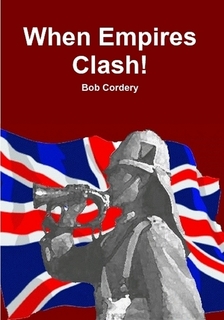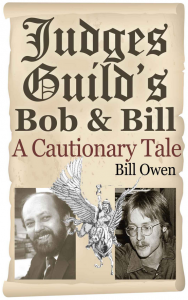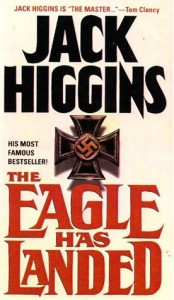For some time now, I’ve been wanting to read WAR-CHESS by Colonel Charles Richardson; thanks to Bob Cordery for the kick in the pants! His mention of this book in The Portable Wargame pushed me to look into the book a bit more.
I am now in the process of reading the book, and will be trying out the game as well. This will be a slow read, as I try to fully grok the work and work out how the game might be played today. I expect that I will be posting a series of articles concerning this book and my efforts to play the game.
For an opening post, lets start with the beginning of the book, the first section is presented here as it gives a excellent overview of the coming games of battle…
Composition of the Game of Battle
The Game of Battle represents two antagonistic armies, one of which, the Attacking (or Invading) Army, is compose! of four figures, each representing a regiment of Light Infantry; five figures, each representing a regiment of Infantry of the Line; two figures, each representing a regiment of Cavalry; two figures, each representing a battery of Artillery; and one figure (a wagon), representing the ” Supply Train,”’ in which it is to be supposed is carried all of the subsistence, ordnance stores, etc., necessary for the maintenance and effectiveness of the army.
The object of the Attacking Army will be to capture the Citadel.
The other army, called the Defending Army, is composed of four figures, each representing a regiment of Light Infantry; five figures, each representing a regiment of Infantry of the Line; two figures, each representing a regiment of Cavalry; two figures, each representing a battery of Artillery; and one figure, the Citadel, representing a city in which are arms, ammunition, foundries, subsistence supplies, and all kinds of government property, which it is of vital importance to hold.
The object, therefore, of the Defending Army will be to secure the Citadel against capture.
Now that we have a picture of the opposing armies, we need to take a look at the battlefield.
The War-Chess Game Board:
And now, a bit of descriptive text, again directly from the book:
The board has one hundred and thirty nine (139) squares that can be occupied.
It represents a comparatively level field, traversed by a river impassable except at the fords and bridge.
In crossing the fords and bridge the figures move one, two, or three squares, according to their power, as elsewhere on the board. The short black lines indicate the entrances to the fords and bridge.
A figure cannot take, or check, another across the river, except at the fords and bridge.
In our next article we will look at: Rules of the Game of Battle

